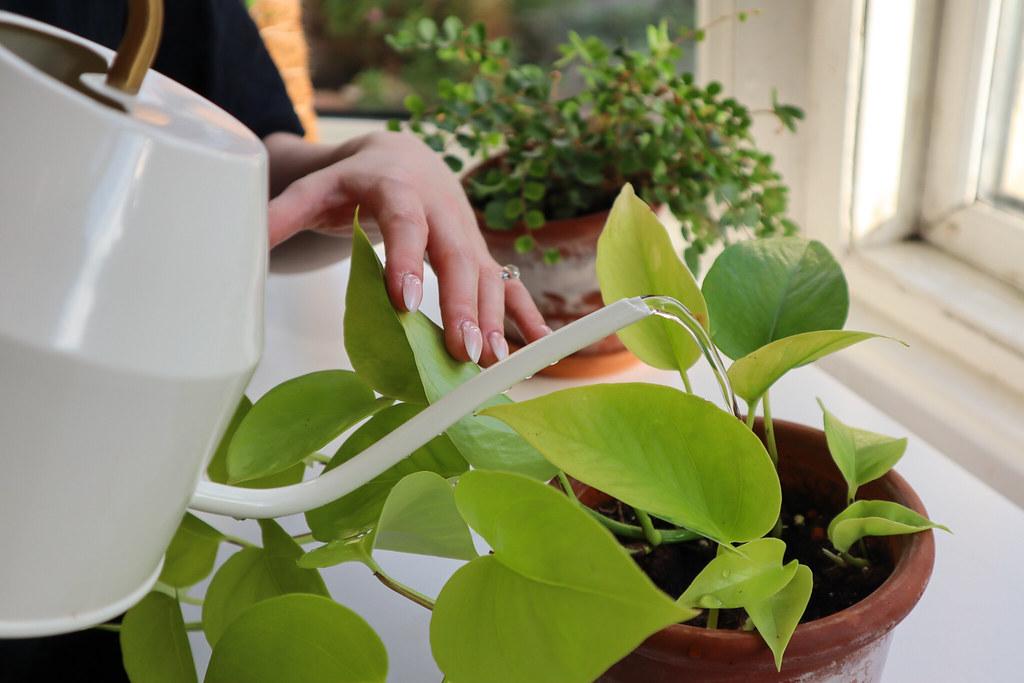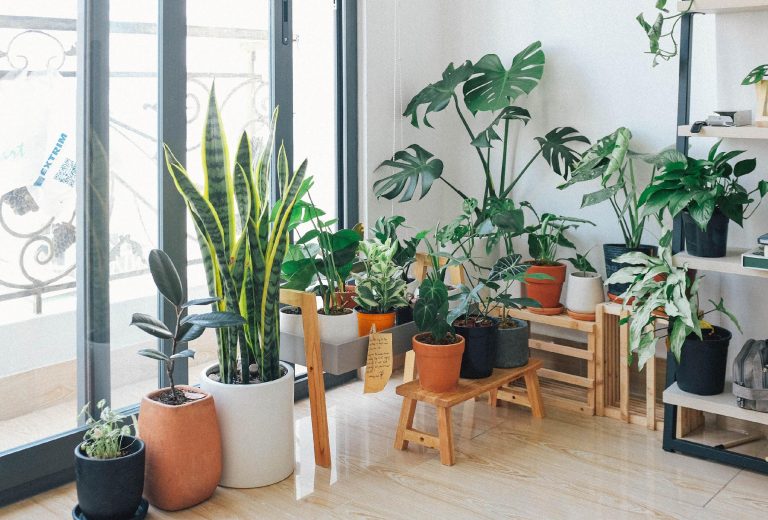When you think of indoor plants, you probably think of the ones that come in pots and are sold in grocery stores. The truth is, there are many other types of indoor plants out there. You can find them at garden centers and specialty shops.
The type of plant you choose depends on your lifestyle, the amount of sunlight available in your home or office, and the size of your space.
Here are some things to consider before buying indoor plants:
Lighting Conditions
Indoor plants need light to grow. Some plants can grow in low light conditions, while others need more intense light. This is because some plants need particular growing requirements to thrive. If you buy a plant that only needs moderate light, ensures that the spot you are putting it in has enough light for the plant to grow.
The best way to determine if your home has enough sunlight is by checking with a light meter. A good rule of thumb is that if there are no windows for natural sunlight in your home, you should consider getting a plant that needs less than 50 watts of artificial light per square foot growing area. If there are windows in your home, try to get something that requires at least 100 watts of artificial light per square foot of growing space.
Watering Needs

When shopping for plants, you’ll see that some are labeled “low maintenance.” The general rule of thumb is that if you want to keep a plant alive, you should know how much water it needs.
To figure out how much water your plant needs, check the tag on the plant or do a little research online. If you need help finding information about your plant, ask an employee at the store where you bought it.
If the plant has a pot, it’s best to put it in a pot with at least one inch of soil above the root line. If there’s less than one inch of soil above the root line, you need to keep a close eye on the water so that you don’t overwater or underwater!
If the plant has been potted in a planter or container without drainage holes (like a plastic cup), check for over-watering by tipping over your container. Also, look at how much water drains from underneath before refilling with fresh water.
The Size of Your Plant
The size of the plant can determine how much space you need to give it and how much light and water it will need. Small plants can be kept on a windowsill, but larger ones require more space and attention.
If you have limited space but want to grow some plants indoors, consider growing herbs or succulents on cabinets or shelves. Herbs are easy to care for and don’t require much space. Succulents are also very easy to grow indoors, although they need more light than most herbs.
Here are some tips for picking the right-sized plants for your space:
- Pick a tall plant over a short one. Taller plants can be placed against the wall or in corners that won’t take up much space. They’ll also look more impressive than smaller plants because they’ll provide height in your room.
- Choose flowering plants over foliage ones. Foliage plants tend to be smaller because they don’t have flowers or fruits growing on them as flowering ones do. This means they will take up less space than their flowering counterparts!
If you’re adding indoor plants to your home or garden, it’s a good idea to consider how you’ll keep them healthy and living for as long as possible. Indoor plants are no different from outdoor plants—they require the same nutrients and conditions to thrive. Moreover, it takes some effort to care for indoor plants year-round properly.

